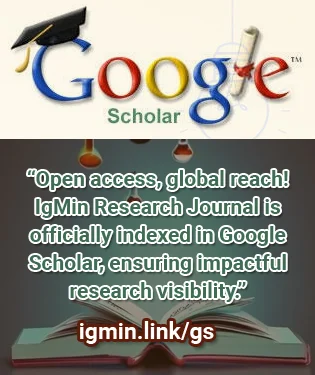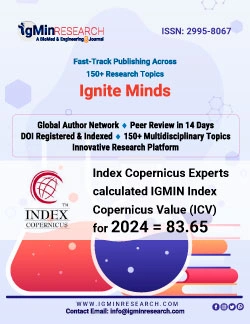要約
Gaussian-transform formula is derived for the Dirac wave function. Using it, one can derive the multicenter molecular integral over Dirac wave functions for any physical quantity. As the first application of it, multicenter molecular integrals over Dirac wave functions are derived for the homogeneous charge density distribution model and the Gauss-type charge density distribution model. Such integrals are necessary for solving the gauge-invariant molecular matrix Dirac equation with using the restricted magnetic balance.







